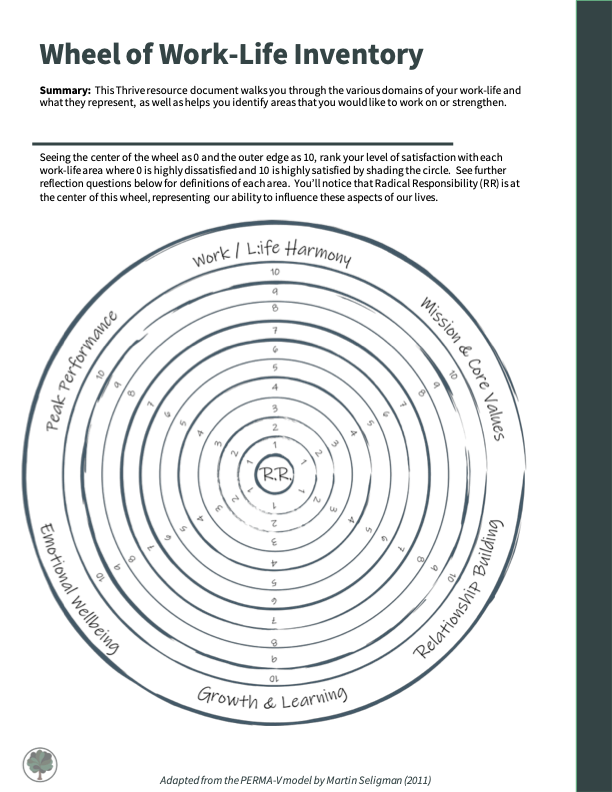Enhancing Immigration Officer Training: A Holistic Experience Design
Overview
Designed and implemented a comprehensive soft skills curriculum to complement the technical training of new immigration officers during their critical post-classroom ramp-up period. The program focused on resilience, career development, strengths identification, and self-awareness—creating a more balanced onboarding experience that addressed both professional competence and personal wellbeing.
My Role: Experience designer, curriculum developer, and workshop facilitator
The organization needed to address the human experience of becoming an immigration officer—not just the technical requirements—to build a more resilient workforce and improve long-term retention.


-
New immigration officers faced a demanding career transition:
Intensive technical training: 8 weeks of rigorous classroom instruction as a condition of employment
High-pressure ramp-up: Gradually increasing workload with diminishing support
Emotional demands: Need to maintain composure and effectiveness in challenging human situations
Career sustainability concerns: High risk of burnout without proper self-management tools
Skill imbalance: Heavy focus on procedural knowledge without equal attention to interpersonal and self-regulation skills
The organization needed to address the human experience of becoming an immigration officer—not just the technical requirements—to build a more resilient workforce and improve long-term retention.
-
Research & Discovery
Developed detailed user personas representing different types of new officers
Journey mapped the end-to-end experience for each persona, identifying pain points and opportunities
Analyzed emotional highs and lows throughout the training and early career phases
Identified six core areas essential for balanced success in immigration work
Key Research Insights
The research revealed six critical areas necessary for a sustainable career in immigration:
Resilience: Ability to maintain effectiveness during challenging interactions
Self-awareness: Understanding personal triggers and response patterns
Strength utilization: Leveraging natural abilities in professional contexts
Career navigation: Skills for managing long-term professional development
Work-life integration: Maintaining boundaries and personal wellbeing
Community building: Developing support networks within the organization
Curriculum Design
Applied principles of positive psychology and organizational development
Created an asynchronous learning structure that respected time constraints
Designed experiential components for skill application and reflection
Aligned content progression with the practical challenges faced during ramp-up
Incorporated varied learning modalities to accommodate different preferen
-
Integrated Experience Design
Curriculum Integration
Secured dedicated time: Advocated for and obtained protected hours within the tightly scheduled ramp-up period
Synchronized content: Aligned soft skills training with technical milestones to create relevant application opportunities
Progressive complexity: Designed curriculum to build skills incrementally as officers faced increasing independence
Learning Components
Weekly workshops: Facilitated interactive sessions introducing core concepts
Asynchronous materials: Created self-paced learning modules for deeper exploration
Reflective practices: Designed guided reflection exercises tied to daily work experiences
Resource library: Developed a comprehensive collection of supporting materials
Digital infrastructure: Built SharePoint sites for content delivery and engagement
Personal Wellbeing Tools
Optional automations: Created opt-in reminder systems for breaks and wellbeing practices
Mindfulness resources: Developed guided sessions specifically tailored to immigration work
Peer connection opportunities: Structured activities to build supportive relationships
-
Delivery Approach
Personally facilitated introductory workshops to ensure quality and gather direct feedback
Created train-the-trainer materials for scalable delivery
Established feedback mechanisms to capture impact and improvement opportunities
Monitored engagement with asynchronous materials to identify most valuable resources
Technical Infrastructure
Developed SharePoint architecture to house curriculum and resources
Implemented Microsoft Flow automations for wellbeing reminders
Created accessible documentation for future program iterations
-
Participant Feedback
Received consistently positive evaluations on the relevance and value of content
Officers reported feeling better equipped to handle the emotional demands of their work
Participants highlighted the complementary nature of soft skills training to their technical preparation
Engagement Metrics
Over 50% of employees voluntarily engaged with the asynchronous content beyond required elements
This high opt-in rate demonstrated genuine value perception among new officers
Engagement patterns revealed which resources were most utilized, allowing for content optimization
Organizational Outcomes
Increased leadership visibility into the holistic needs of new officers
Established precedent for dedicated wellbeing and professional development time
Created replicable framework for future cohorts
Enhanced perception of organizational support among new employees
-
Success Factors
Securing dedicated time: Demonstrating organizational commitment through protected learning hours
Integration with existing structure: Complementing rather than competing with technical training
Personalization options: Providing flexibility while maintaining core curriculum integrity
Research-based approach: Using personas and journey mapping to identify genuine needs
Experience Design Principles Demonstrated
Holistic understanding of user needs beyond functional requirements
Recognition of emotional journey alongside skill development
Balance between structured learning and self-directed exploration
Integration of digital and in-person touchpoints
Attention to the complete user journey rather than isolated interactions
Future Opportunities
Longitudinal assessment of impact on career longevity and satisfaction
Expansion to include ongoing support beyond initial ramp-up period
Development of peer mentoring components leveraging program graduates
Integration of more advanced digital learning tools for enhanced engagement
